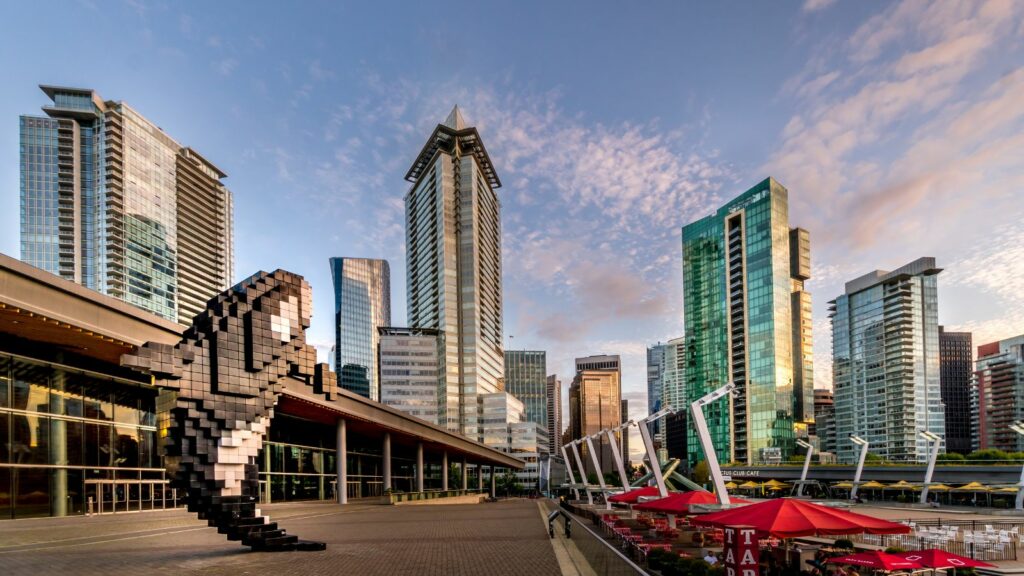While much of the world often looks south to the U.S. for leadership in urban development, many Canadian cities are outperforming their American counterparts on critical fronts. From sustainability to affordability, infrastructure to public health, Canada is producing cities that are setting new standards. Here are 22 Canadian cities that are making strides worth global attention.
Vancouver, BC
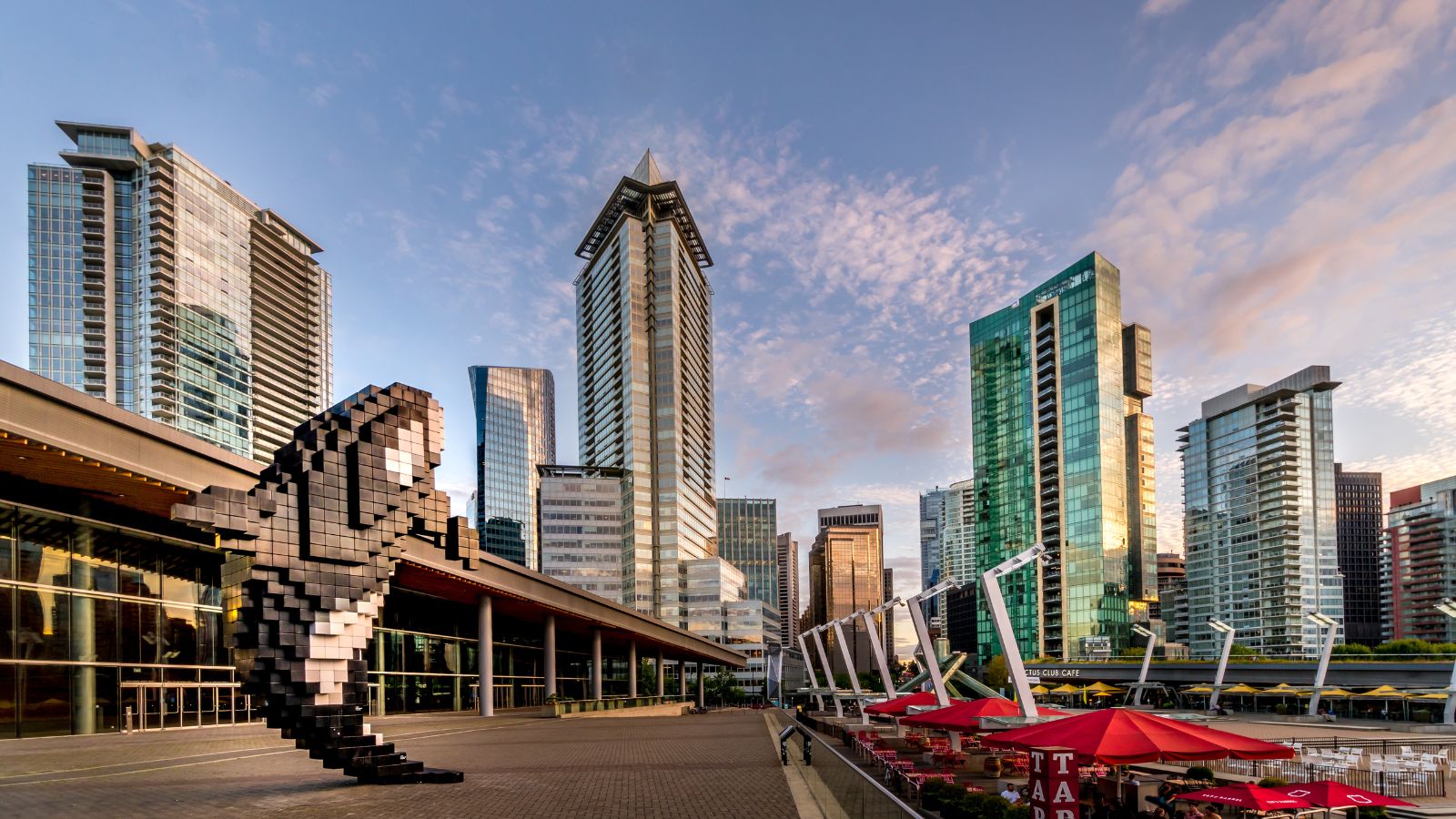
Vancouver consistently ranks among the world’s most livable cities, beating out American giants like San Francisco and Los Angeles in quality-of-life indexes. It offers a well-integrated public transit system, strict environmental zoning, and extensive urban green spaces. Unlike many U.S. cities facing sprawl and pollution, Vancouver has successfully implemented urban containment boundaries. It also leads North America in green building practices and has committed to becoming the greenest city in the world. With lower crime rates, accessible public healthcare, and multicultural harmony, Vancouver presents a model of a high-functioning urban center that emphasizes balance over unchecked growth.
Toronto, ON
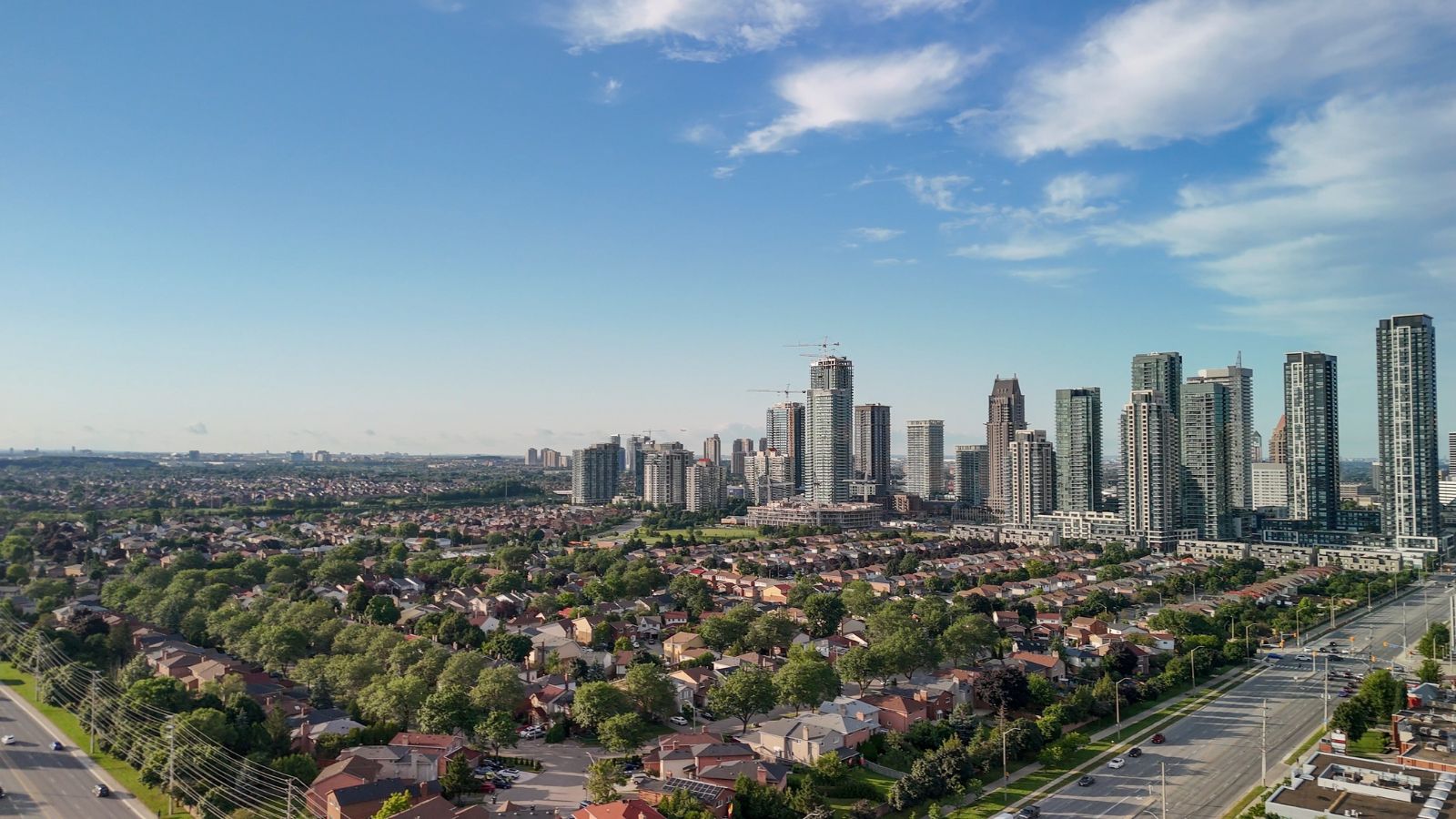
Toronto’s economic diversity and infrastructure development make it one of the strongest metropolitan performers in North America. With a financial sector that rivals New York’s, Toronto also benefits from a diverse immigrant population that fuels innovation and growth. The city’s public transit network, while not perfect, is more expansive than those in many comparably sized American cities. Toronto has also made significant investments in vertical housing, reducing suburban sprawl. Additionally, the city’s healthcare system, anchored by leading institutions such as UHN, offers universal access without the debt often associated with American healthcare.
Montreal, QC

Montreal has carved out a niche in culture, education, and affordability. It outpaces U.S. cities like Boston in hosting international students and is home to world-class institutions, such as McGill University. Its bilingual population and cultural festivals create an inclusive, vibrant urban atmosphere. Despite being a major city, Montreal maintains comparatively lower housing costs. Its extensive bike lanes and metro system are used more frequently than many U.S. counterparts. And, unlike American cities where arts funding often fluctuates with politics, Montreal maintains consistent support for its creative sector, fostering a resilient, year-round cultural scene.
Ottawa, ON
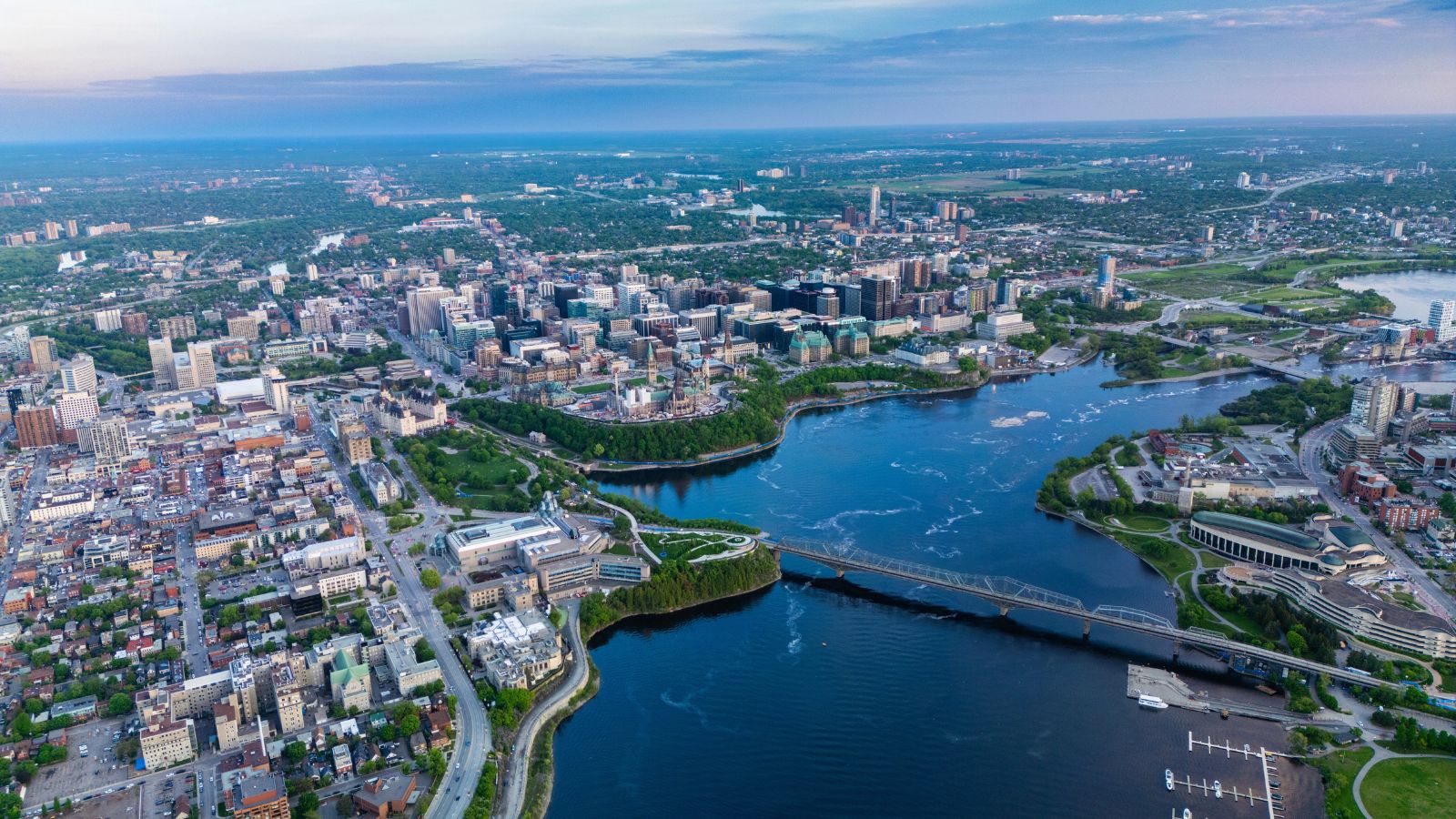
Canada’s capital punches above its weight compared to Washington, D.C. It boasts one of the highest levels of education in North America and a stable tech sector rooted in telecommunications and defense. Ottawa ranks high in public safety and cleanliness, areas where D.C. struggles to excel. The city also has universal healthcare and bilingual public services. Its urban layout features well-maintained parks and pathways, including the Rideau Canal, which transforms into a massive public skating area in winter. This accessibility to outdoor activity is matched with year-round cultural programming.
Calgary, AB
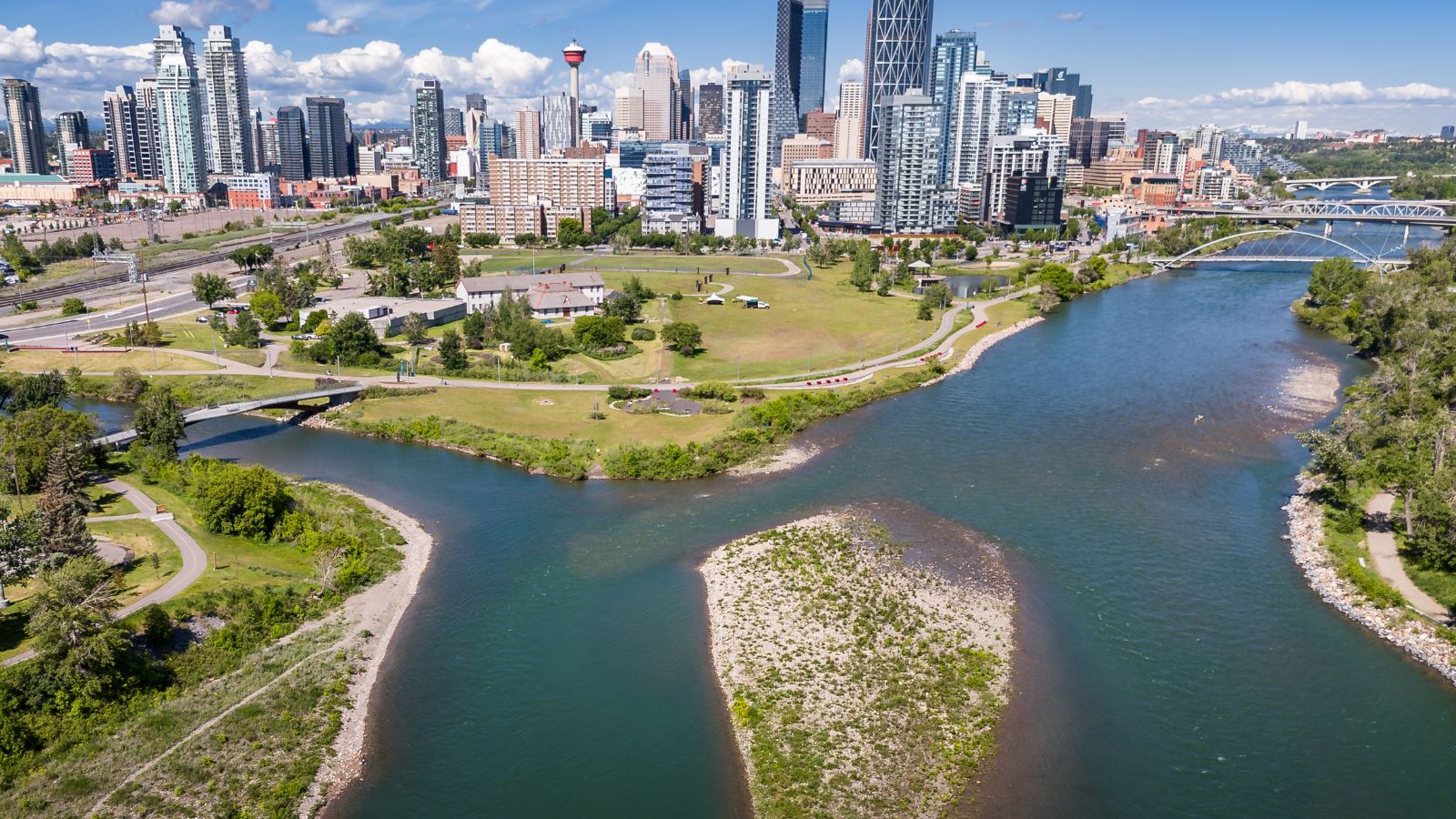
Calgary rivals U.S. oil cities like Houston, but does so with a more balanced approach to environmental responsibility. Its downtown is accessible, safe, and boasts the most extensive urban pathway network in North America. Calgary’s tax structure is relatively stable, and it enjoys one of the highest standards of living in Canada. The city has also diversified its economy beyond energy, becoming a hub for tech startups and clean energy research. And, with less income inequality than many U.S. cities, Calgary offers a more inclusive model of economic development and urban planning.
Edmonton, AB
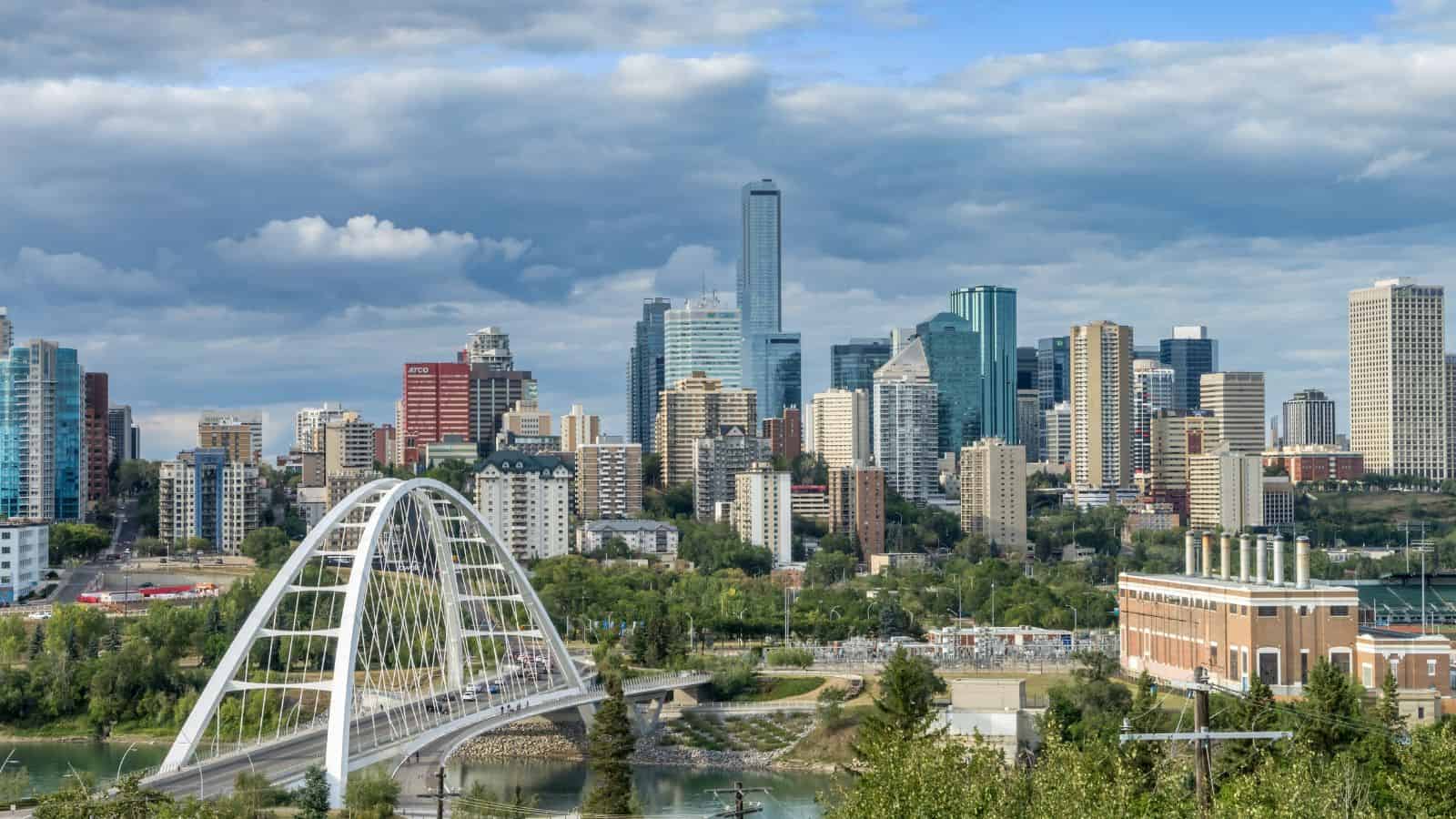
Edmonton has become a center for arts and education in Western Canada. Its public institutions, like the University of Alberta, are globally recognized, and the city invests heavily in culture. Compared to cities like Denver or Phoenix, Edmonton offers more consistent funding for the arts and extensive public engagement in policymaking. Its public transit system, especially the LRT expansion, shows foresight rarely matched in similar-sized U.S. cities. Additionally, with a robust public health infrastructure and community-focused initiatives, Edmonton continues to prioritize social well-being over rapid commercial development.
Quebec City, QC
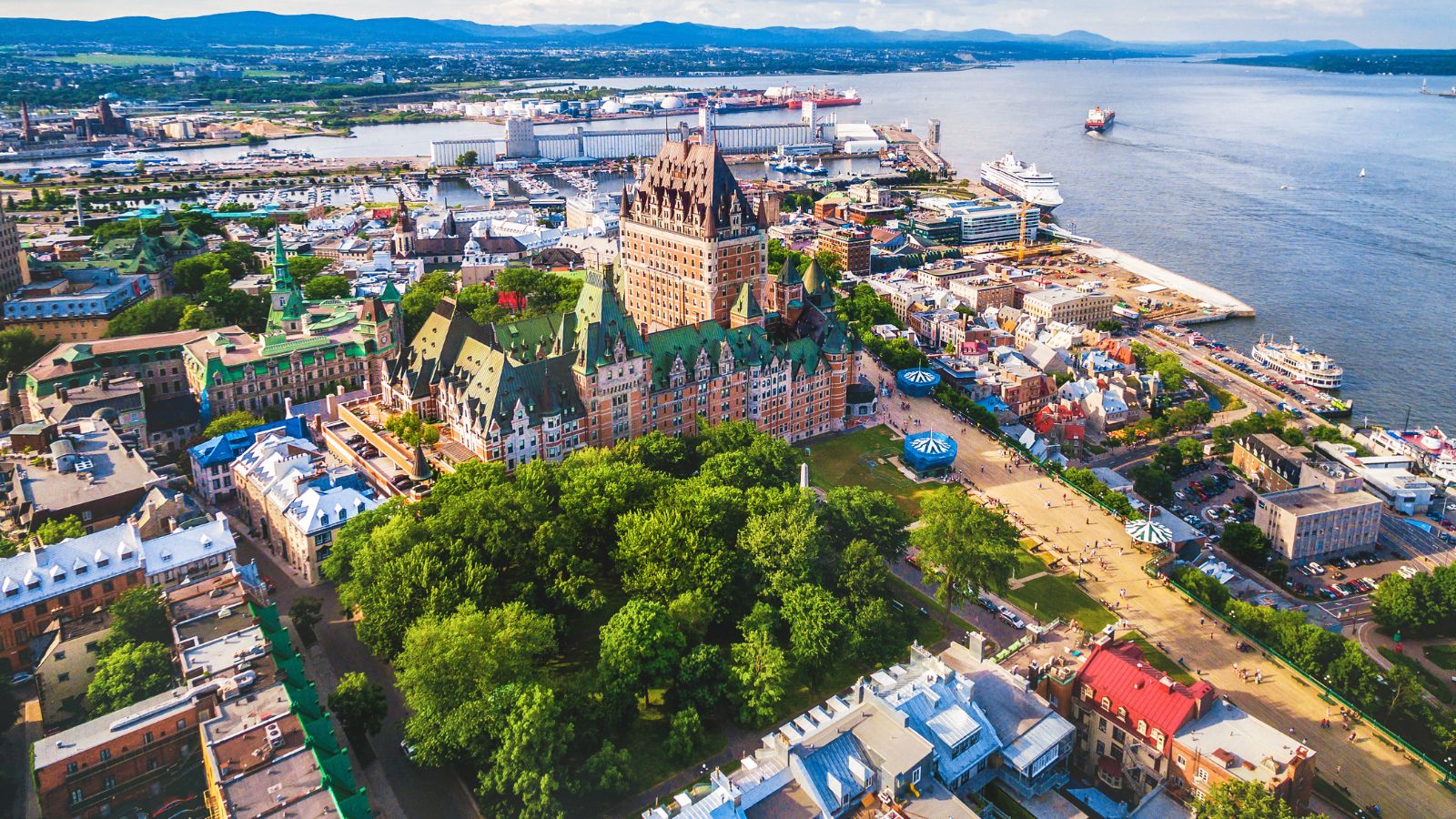
With one of the lowest crime rates in North America, Quebec City stands out in public safety. It outperforms many American cities in urban cleanliness, healthcare delivery, and historical preservation. While cities like Philadelphia struggle with maintaining heritage zones, Quebec City has successfully integrated its historic architecture with modern amenities. The city’s investments in bilingual education and tourism infrastructure attract a consistent stream of international visitors. And, with a cost of living that is lower than most American tourist cities, it remains a highly functional urban environment.
Halifax, NS
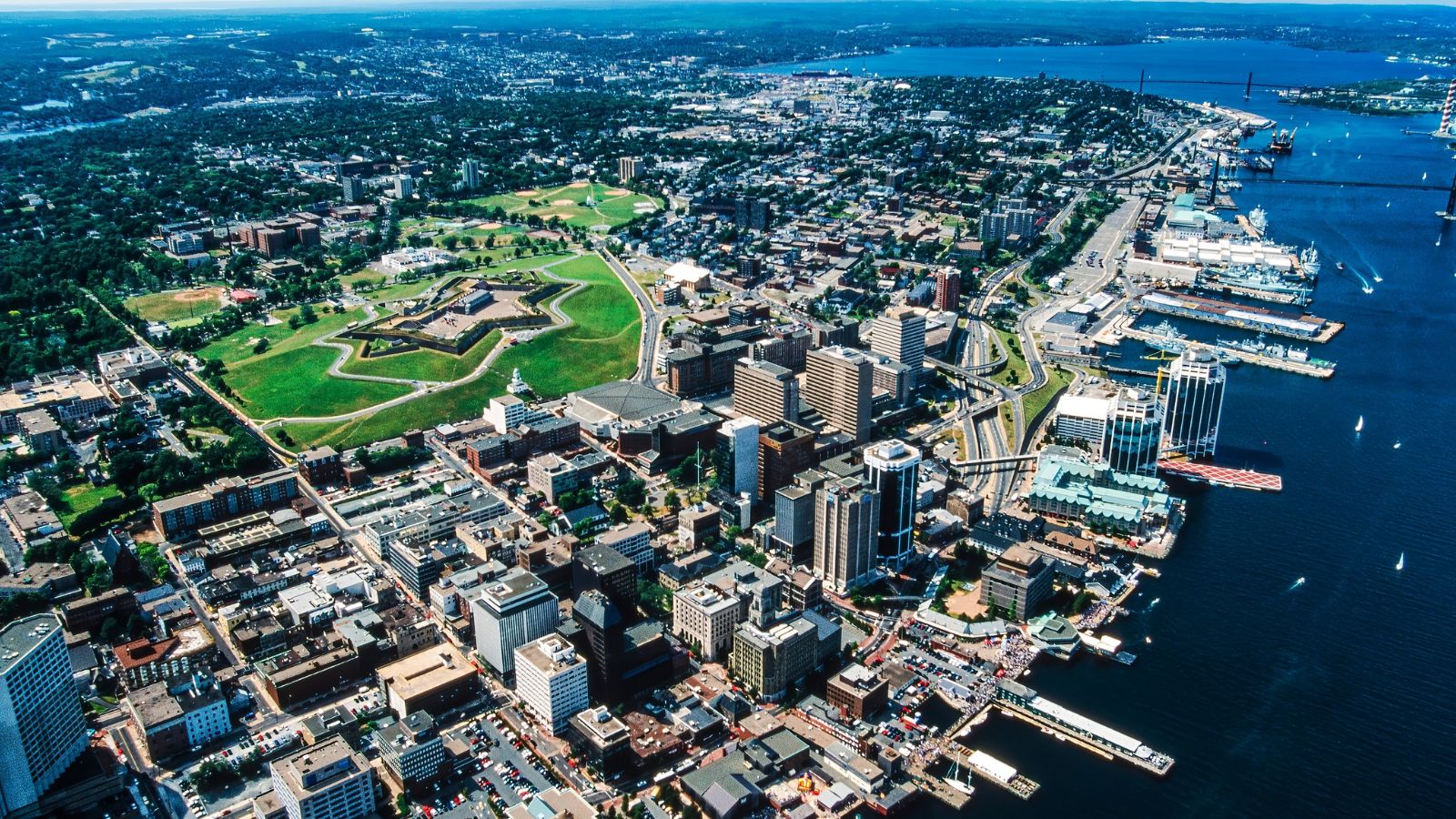
Halifax is outpacing U.S. port cities in terms of balanced growth. Its port is one of the deepest on the East Coast and has become a logistics hub. At the same time, Halifax manages to retain a small-town feel with walkable neighborhoods and community programs. Unlike some U.S. cities overwhelmed by housing shortages, Halifax has made strides in affordable housing development. Its universities and research institutions contribute significantly to Canada’s life sciences sector. Halifax also demonstrates leadership in climate resilience planning, particularly in addressing rising sea levels.
Victoria, BC
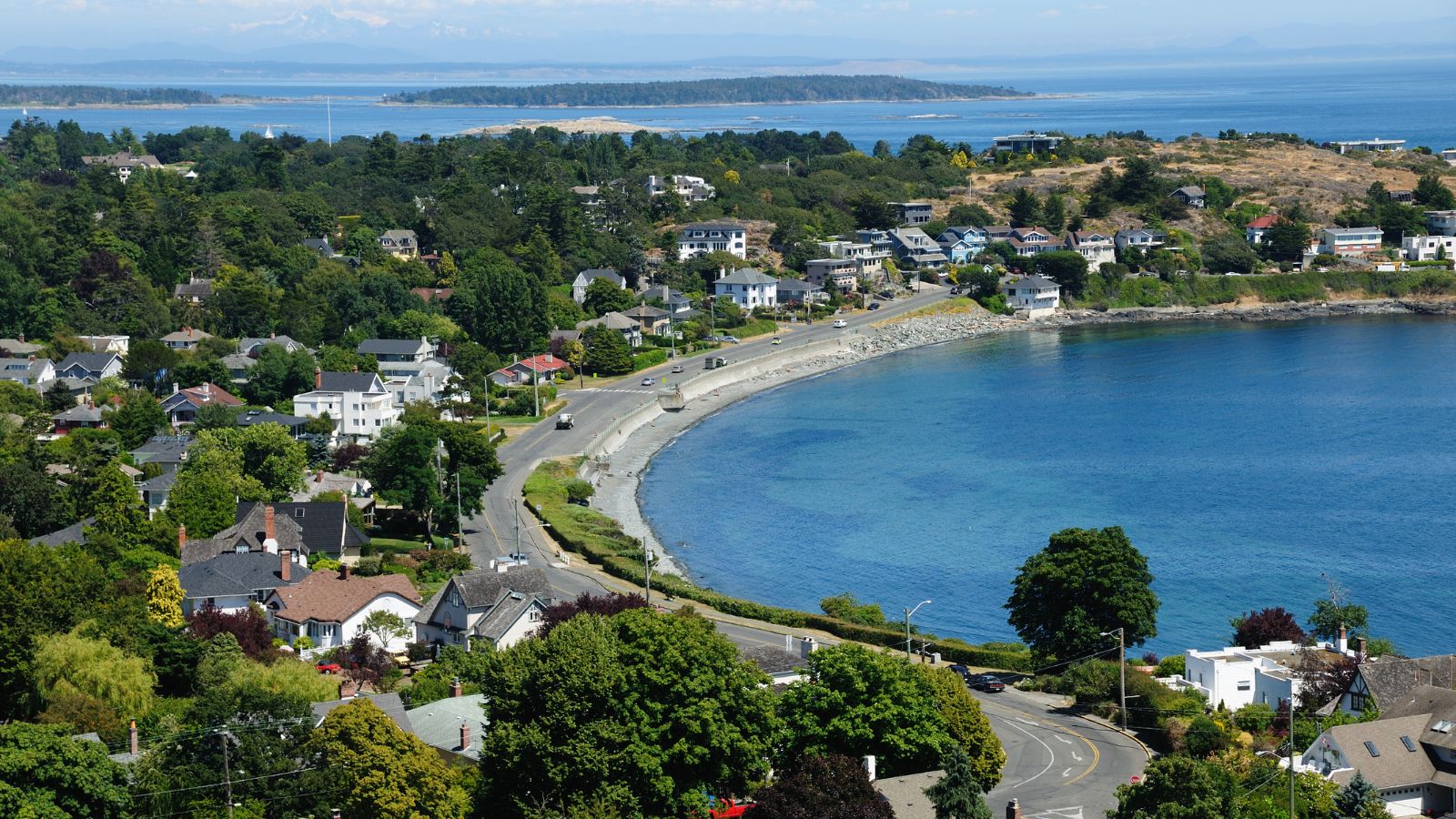
Victoria offers a blend of urban efficiency and natural beauty, surpassing similar-sized American cities in both environmental policy and senior care infrastructure. It has implemented progressive zoning laws to allow for greater housing diversity, a challenge cities like Portland have struggled to achieve. The city’s public transit system includes hybrid buses and a growing network of bike lanes. Additionally, Victoria’s local government places a strong emphasis on mental health support and inclusivity for seniors, areas that are often overlooked in American urban planning. It also consistently ranks high in community satisfaction surveys.
Winnipeg, MB
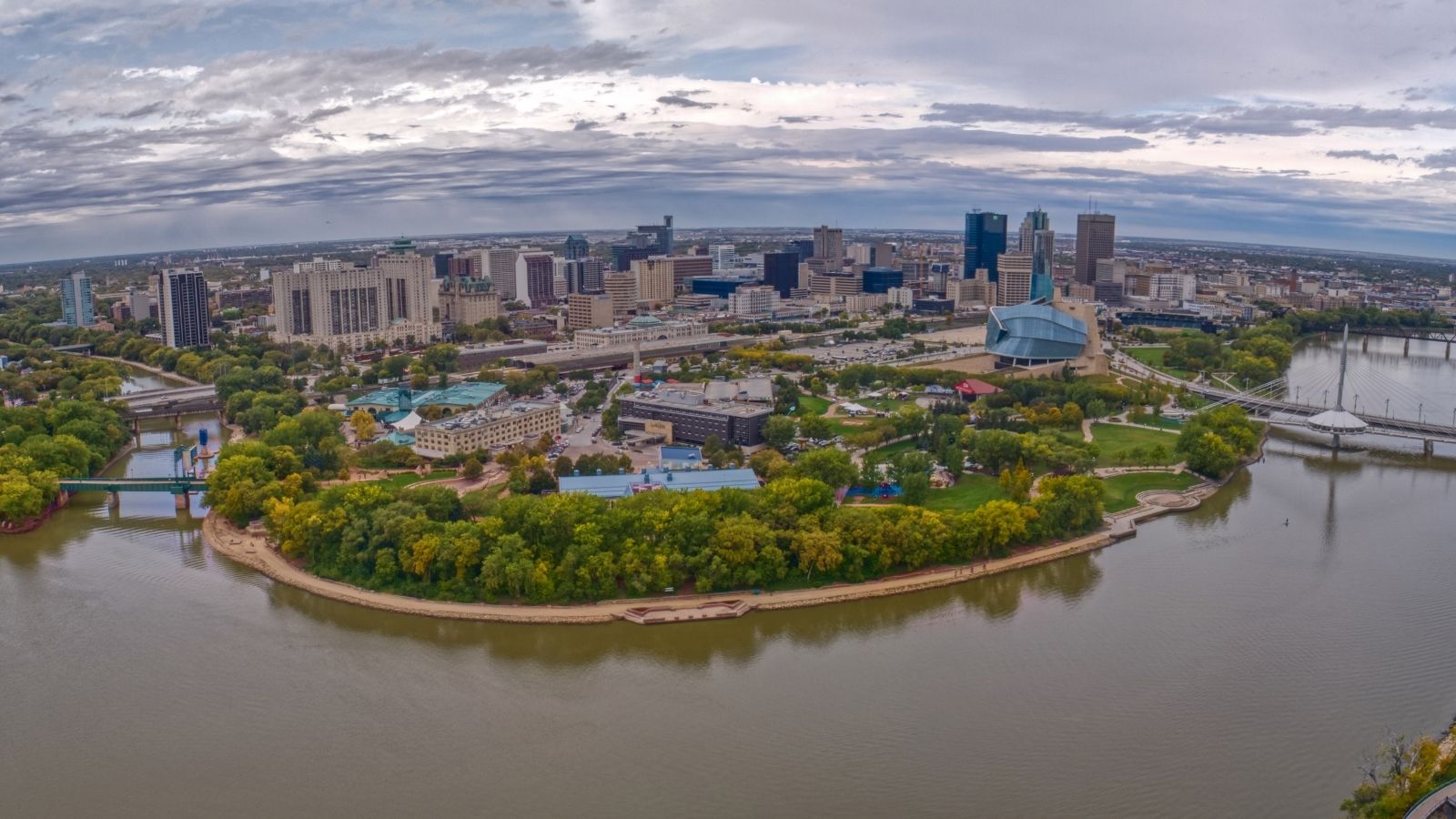
Winnipeg has become a hub for arts and indigenous reconciliation initiatives. It surpasses many U.S. Midwestern cities in cultural integration and community engagement. With institutions like the Canadian Museum for Human Rights and the Forks Market redevelopment, Winnipeg is reimagining how public spaces can serve as cultural and economic engines. The city has invested in public transit upgrades and affordable housing units to address inequality. Unlike several U.S. cities where homelessness is criminalized, Winnipeg focuses on housing-first strategies supported by provincial and federal programs.
Saskatoon, SK
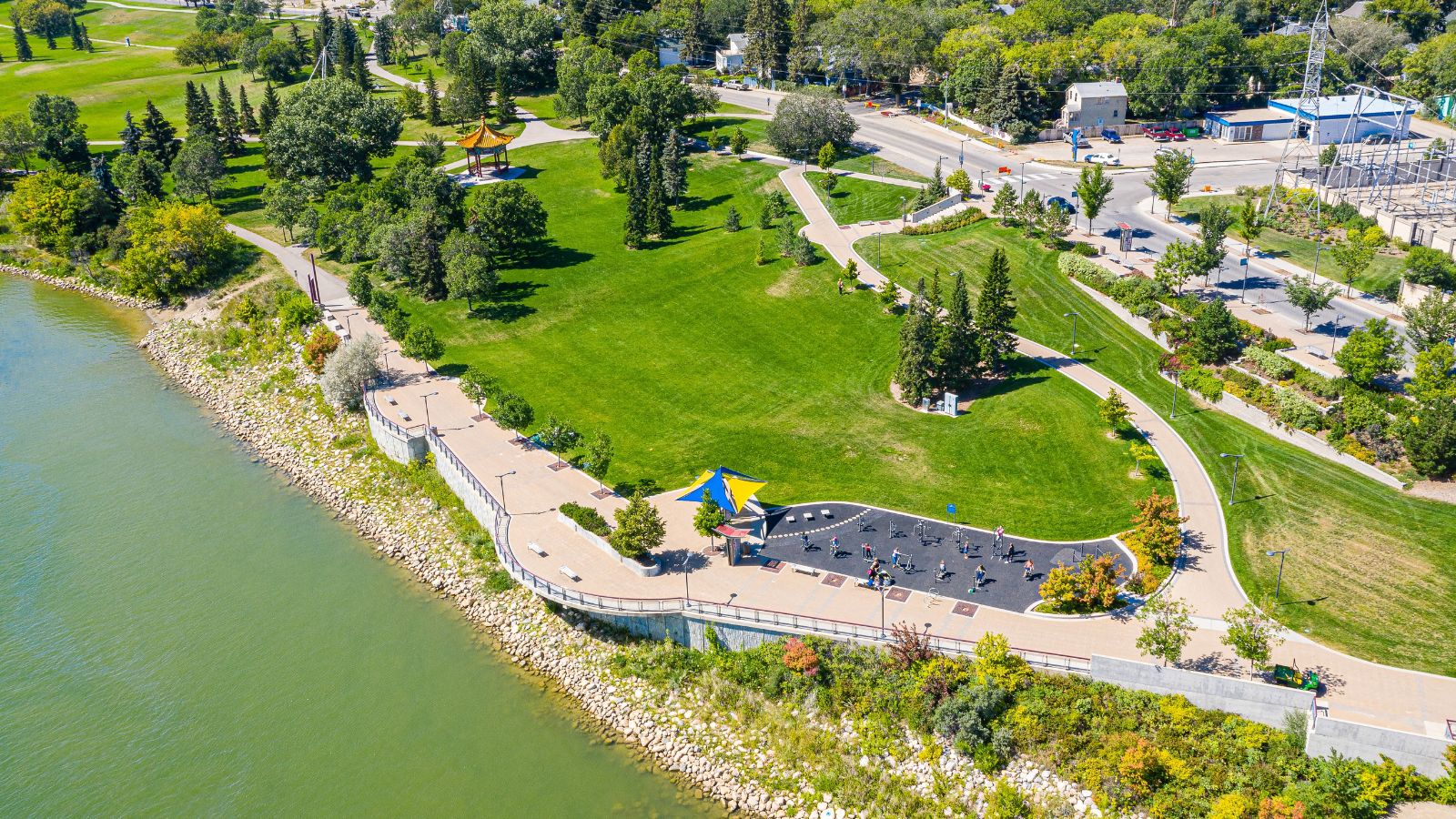
Saskatoon is experiencing a tech and innovation renaissance, outshining many similarly sized U.S. cities. With the growth of sectors in biotech and clean tech, it has become a magnet for skilled labor. The city actively supports startups through incubator programs and affordable commercial space. Public transportation is being revamped, and there’s a push for smart infrastructure. Compared to places like Boise, Saskatoon has a more integrated approach to urban growth, balancing new developments with green planning initiatives and maintaining a commitment to public services.
Regina, SK
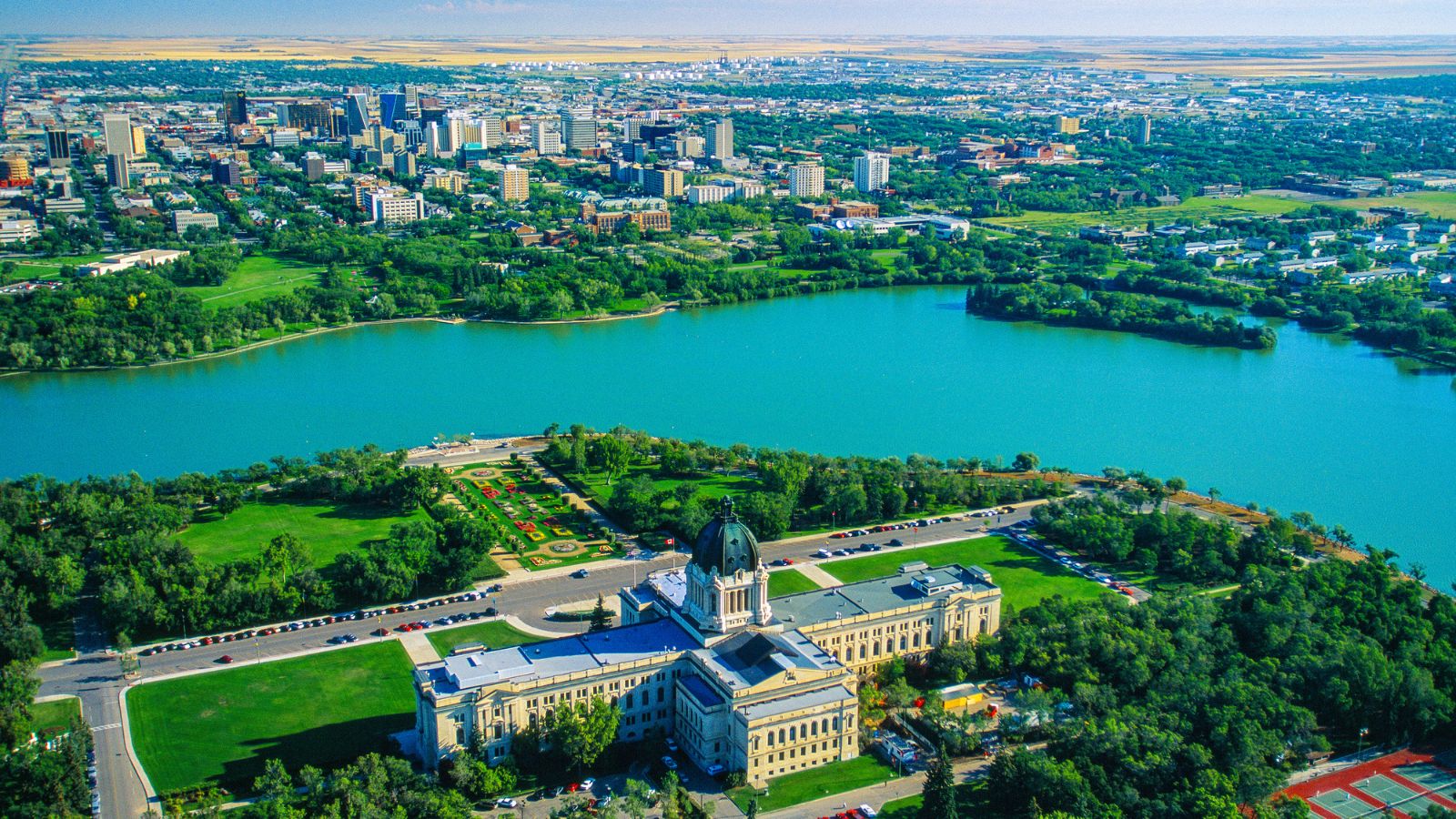
Regina has modernized its infrastructure with a strong focus on public utility management and water treatment, areas where many U.S. cities have faltered. The city also leads in renewable energy pilot projects, particularly in wind and solar. Its universities have built strong ties with the local economy, enhancing workforce readiness. Compared to American cities that often face fragmented governance, Regina benefits from more centralized planning that enables coordinated policy implementation.
St. John’s, NL
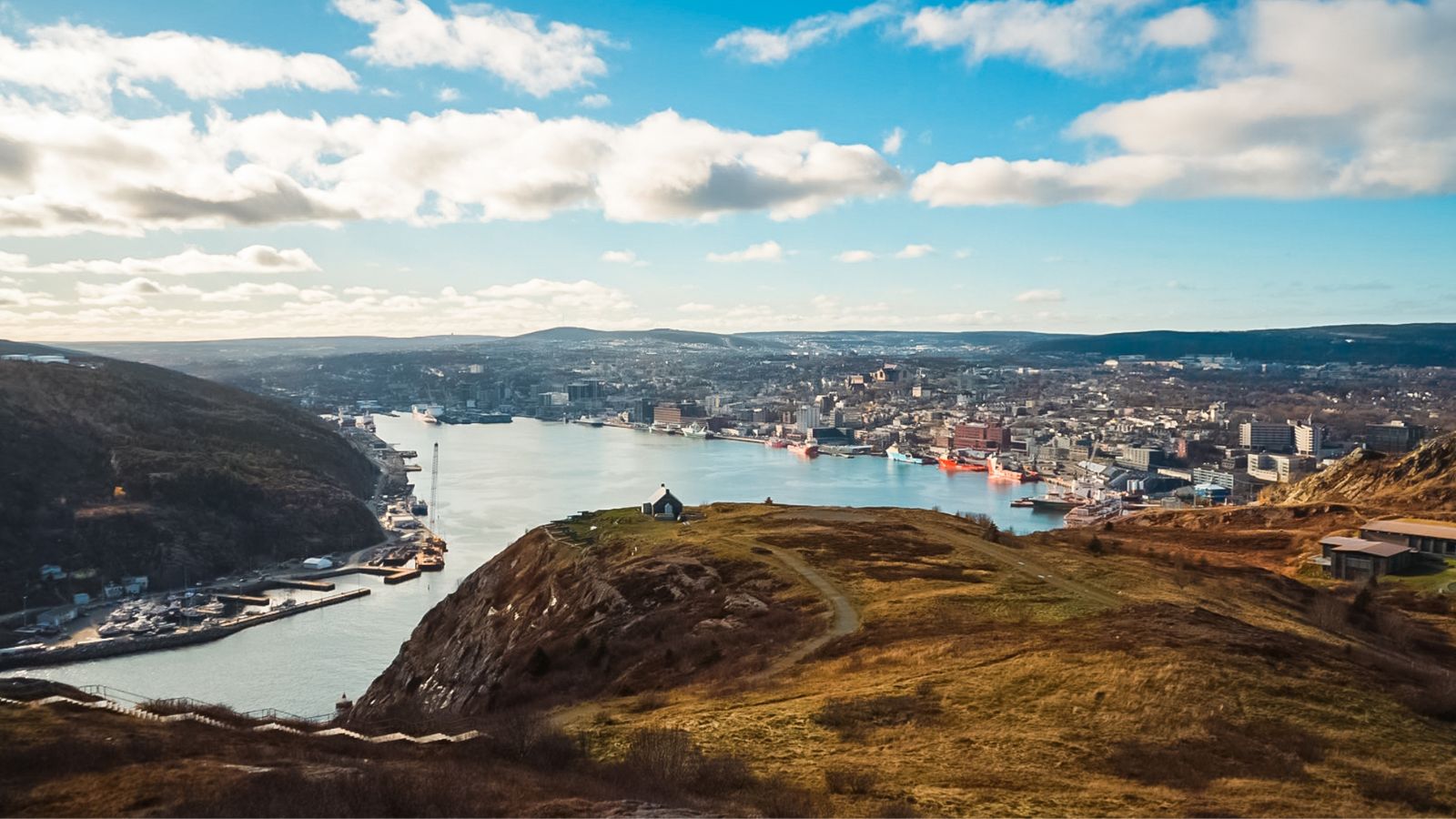
St. John’s has leveraged its geographic position to become a key player in marine research and offshore innovation. It outpaces many U.S. coastal towns in scientific investment and public-private research collaboration. The city is a leader in ocean tech, supported by Memorial University and federal funding. Its rugged coastlines are matched with a commitment to urban walkability and local business support. Public health outcomes in St. John’s also compare favorably with similar U.S. cities.
Kelowna, BC
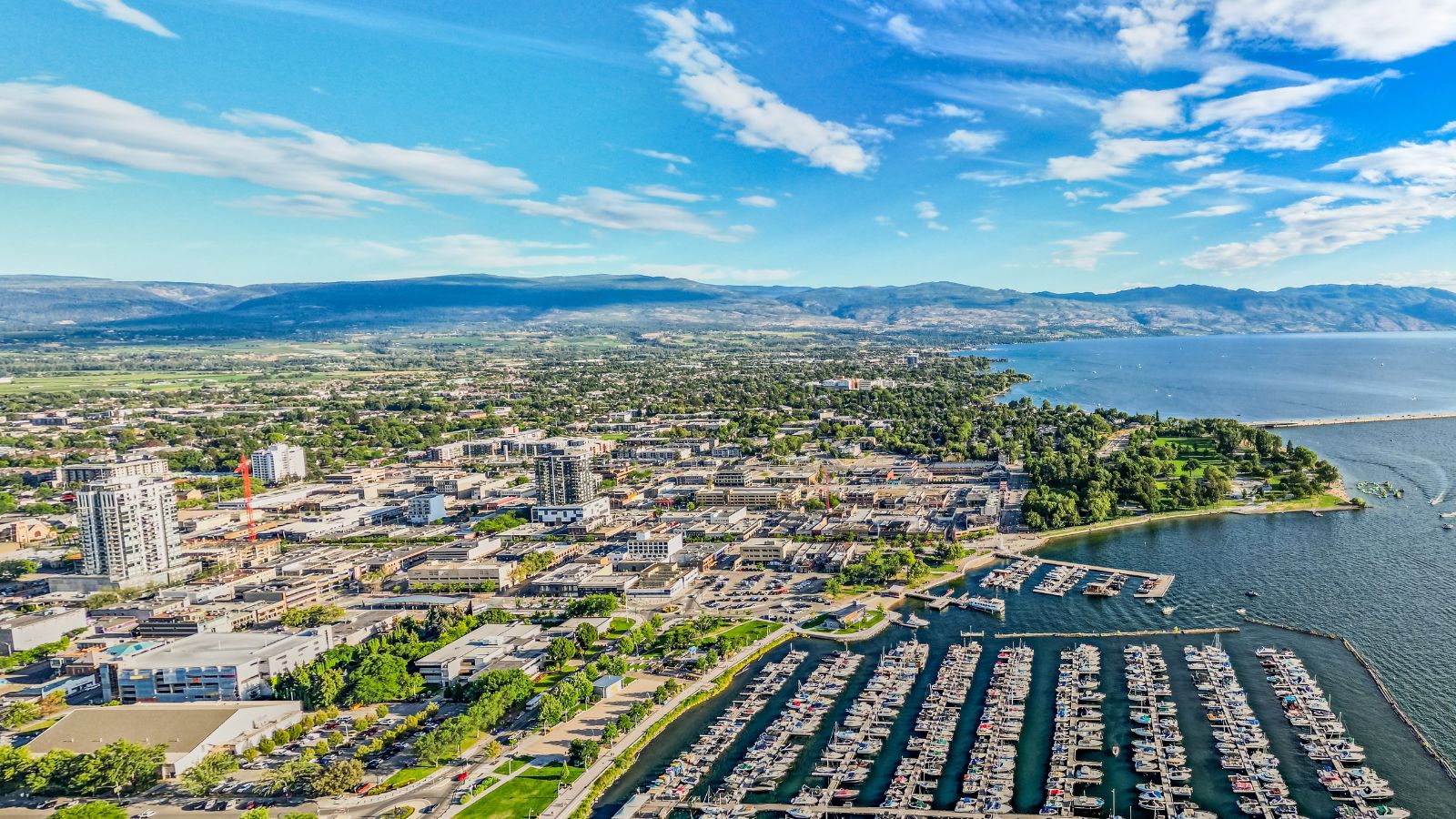
Kelowna is excelling in balancing urban growth with environmental stewardship. Its tech sector is growing quickly, driven by investment from both local institutions and international firms. The city also prioritizes mixed-use developments and has become a leader in integrating agriculture and urban areas. Unlike U.S. cities that often sprawl into farmland, Kelowna protects its agricultural zones while still expanding its urban housing stock. Plus, it also ranks well in terms of air quality, outdoor activity access, and community health indicators.
London, ON
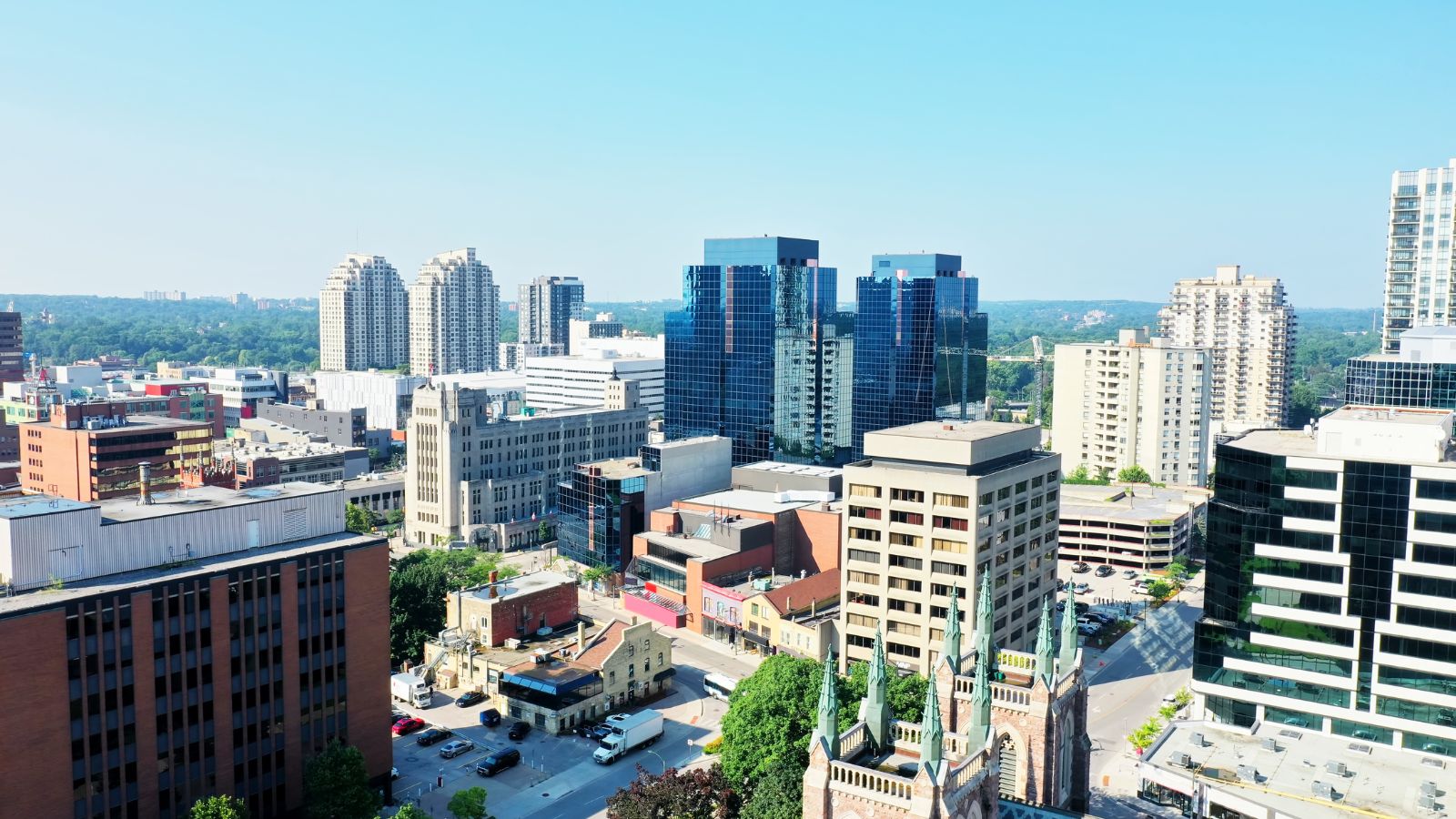
London has emerged as a hub for health sciences and education, outpacing many U.S. Rust Belt cities in economic transformation. It is home to top hospitals and medical research institutions closely tied to Western University. The city is also investing in downtown revitalization, affordable housing, and public transit. It supports a diverse immigrant population and offers programs that ease workforce integration. London’s governance model enables better alignment between municipal services and provincial goals, leading to more efficient public service delivery.
Waterloo, ON
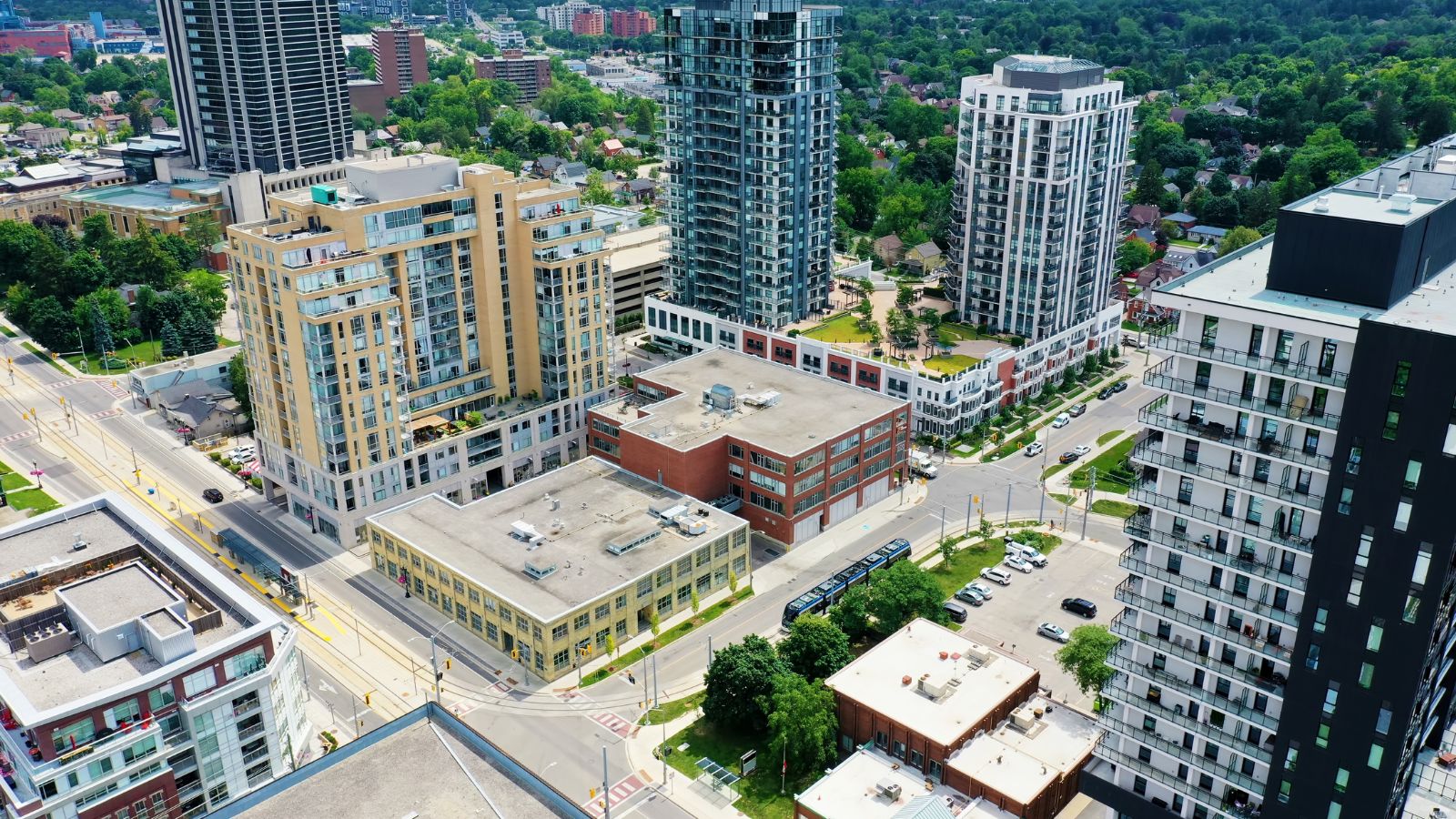
Waterloo is Canada’s tech cradle, often compared to Palo Alto but with a more inclusive ecosystem. Home to companies like OpenText and BlackBerry, and supported by the University of Waterloo, the city has nurtured one of the most dynamic startup scenes in North America. Government grants, incubators, and talent pipelines make it easier for startups to scale here than in many parts of the U.S. Waterloo also scores high on affordability and access to green space, giving it an edge in attracting young professionals.
Guelph, ON
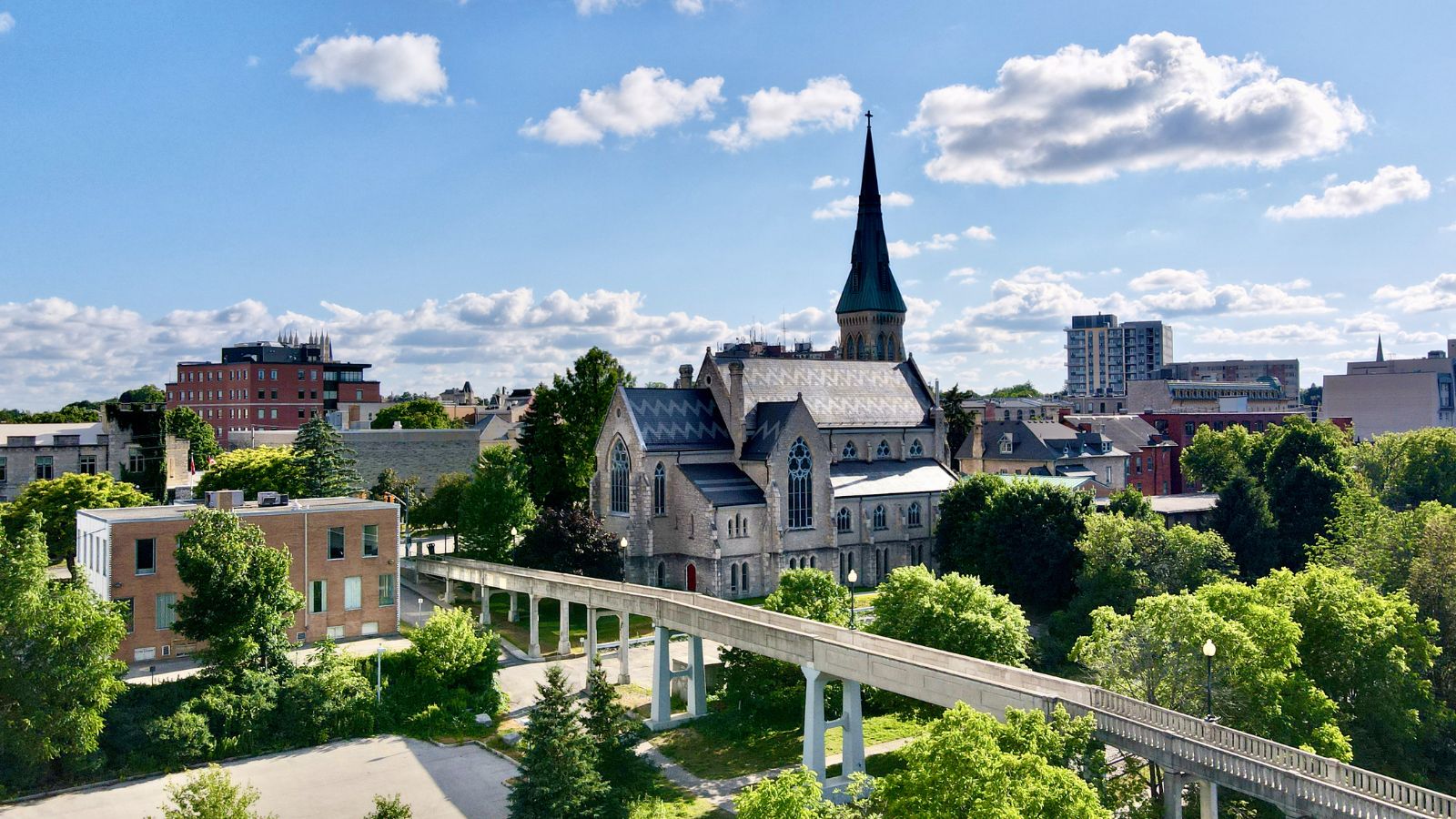
Guelph leads North America in urban agriculture and food security initiatives. It runs community-based food programs that outperform many U.S. equivalents in both reach and impact. The city has one of the lowest unemployment rates in the country and has built a reputation for social innovation. It also invests in sustainable transit and housing. Guelph’s governance includes participatory budgeting, a rarity in North America, which gives residents more say in how local funds are spent.
Kingston, ON
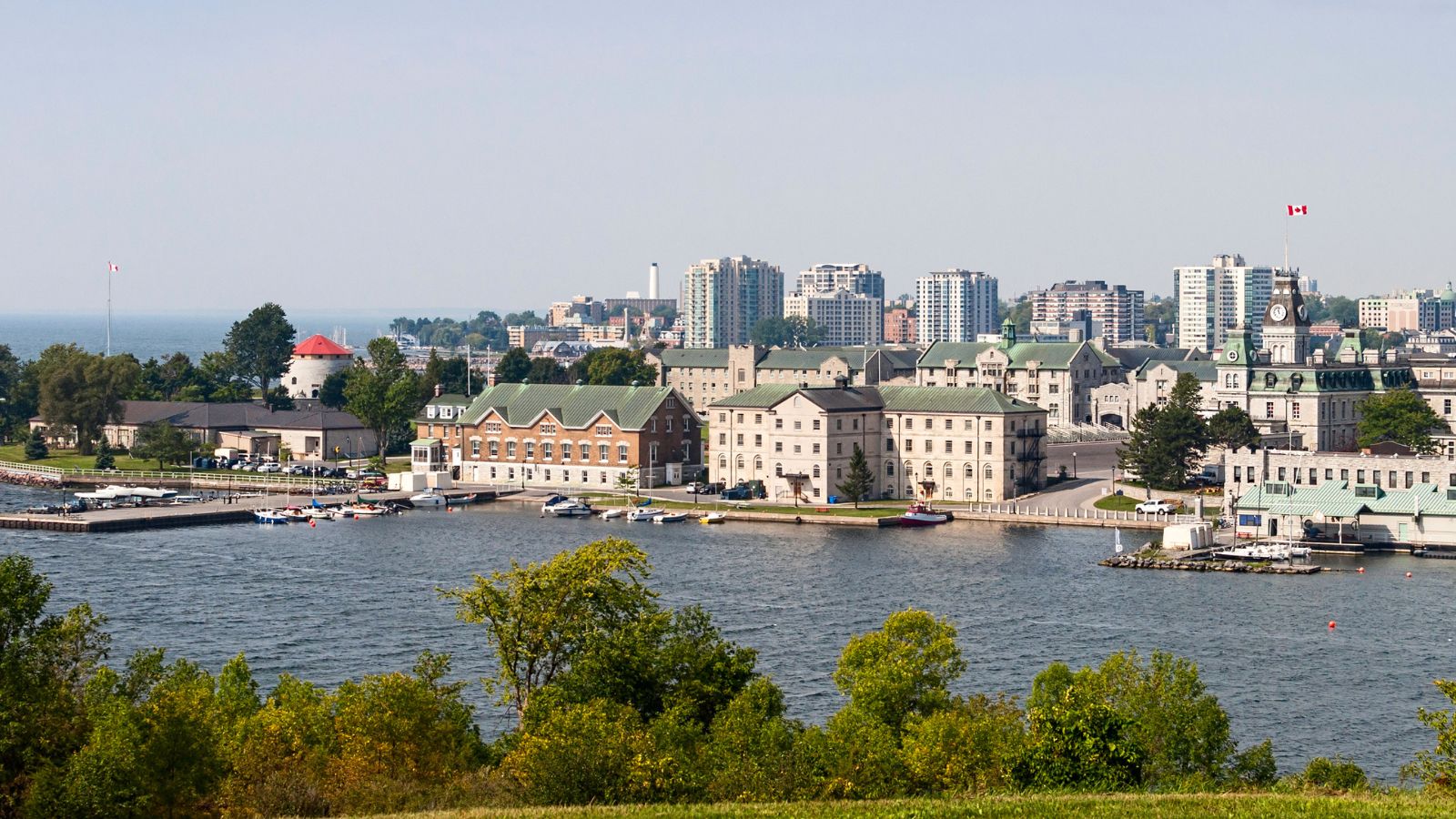
Kingston is redefining the small-city model with a strong emphasis on education, heritage, and clean tech. It houses leading institutions, such as Queen’s University, and plays an active role in Canada’s energy transition through innovations in battery storage and sustainable utilities. Unlike many American cities where university towns struggle with housing crises, Kingston has created cooperative housing solutions that alleviate pressure on students and residents alike.
Charlottetown, PEI
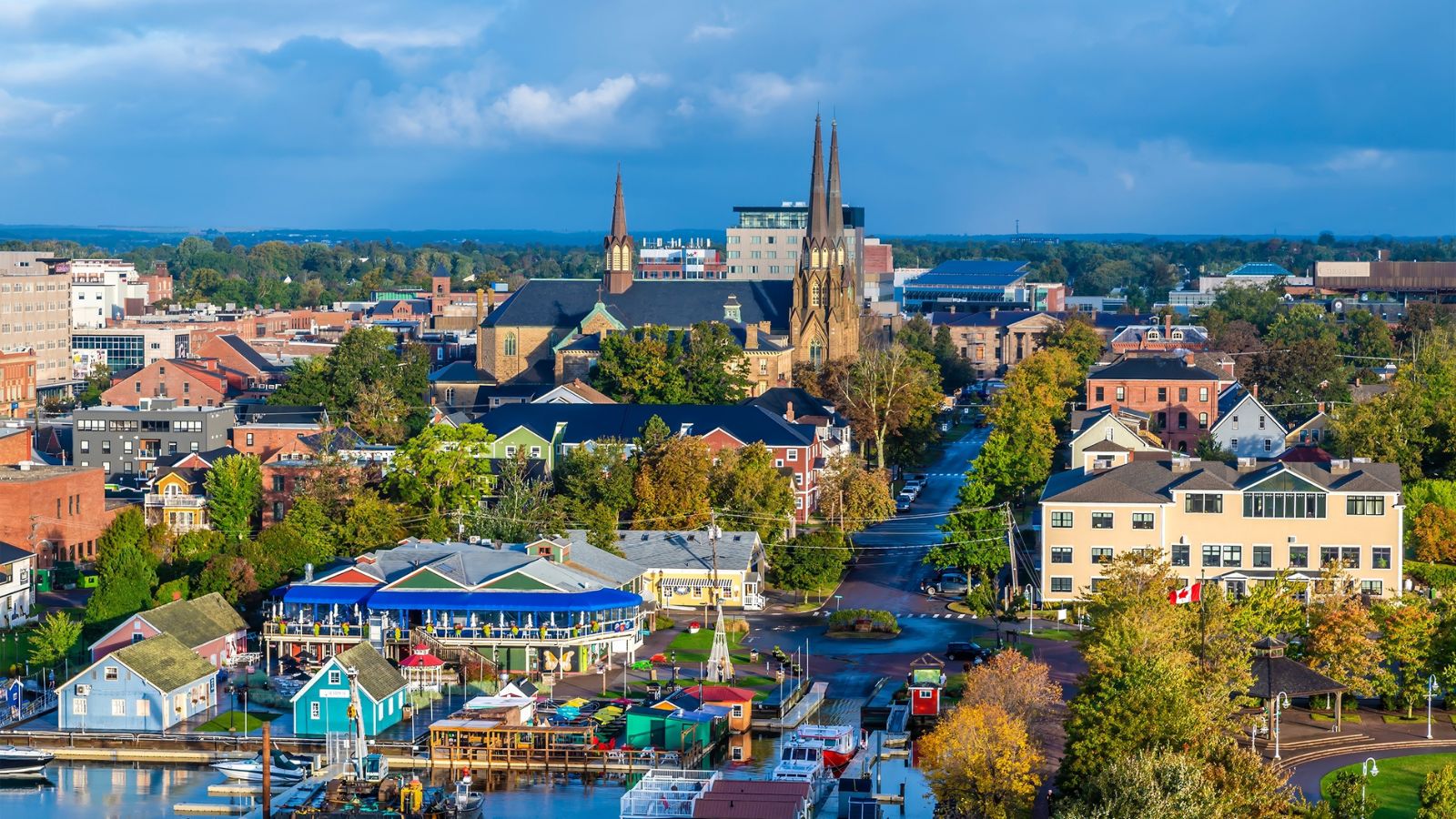
Charlottetown has positioned itself as a hub for biosciences and rural innovation. It receives more per capita federal R&D funding than many American cities of similar size. Its regional economic strategies prioritize small business development and community-based tourism. Charlottetown also has robust support networks for seniors and youth, making it one of the more intergenerationally supportive cities in Canada. Unlike many U.S. towns facing youth flight, Charlottetown is retaining its younger population through strategic workforce programs.
Whitehorse, YT

Whitehorse is becoming a national leader in sustainability for northern climates. It has advanced community heating systems, renewable energy installations, and climate adaptation plans. The city is deeply integrated with First Nations governance, creating a model of inclusive policymaking absent in many U.S. cities. It also performs well in health indicators and community safety, particularly given its geographic challenges. Not to mention, Whitehorse invests in local food systems and year-round public programming, demonstrating that smaller cities can lead in climate resilience and social cohesion.
Thunder Bay, ON
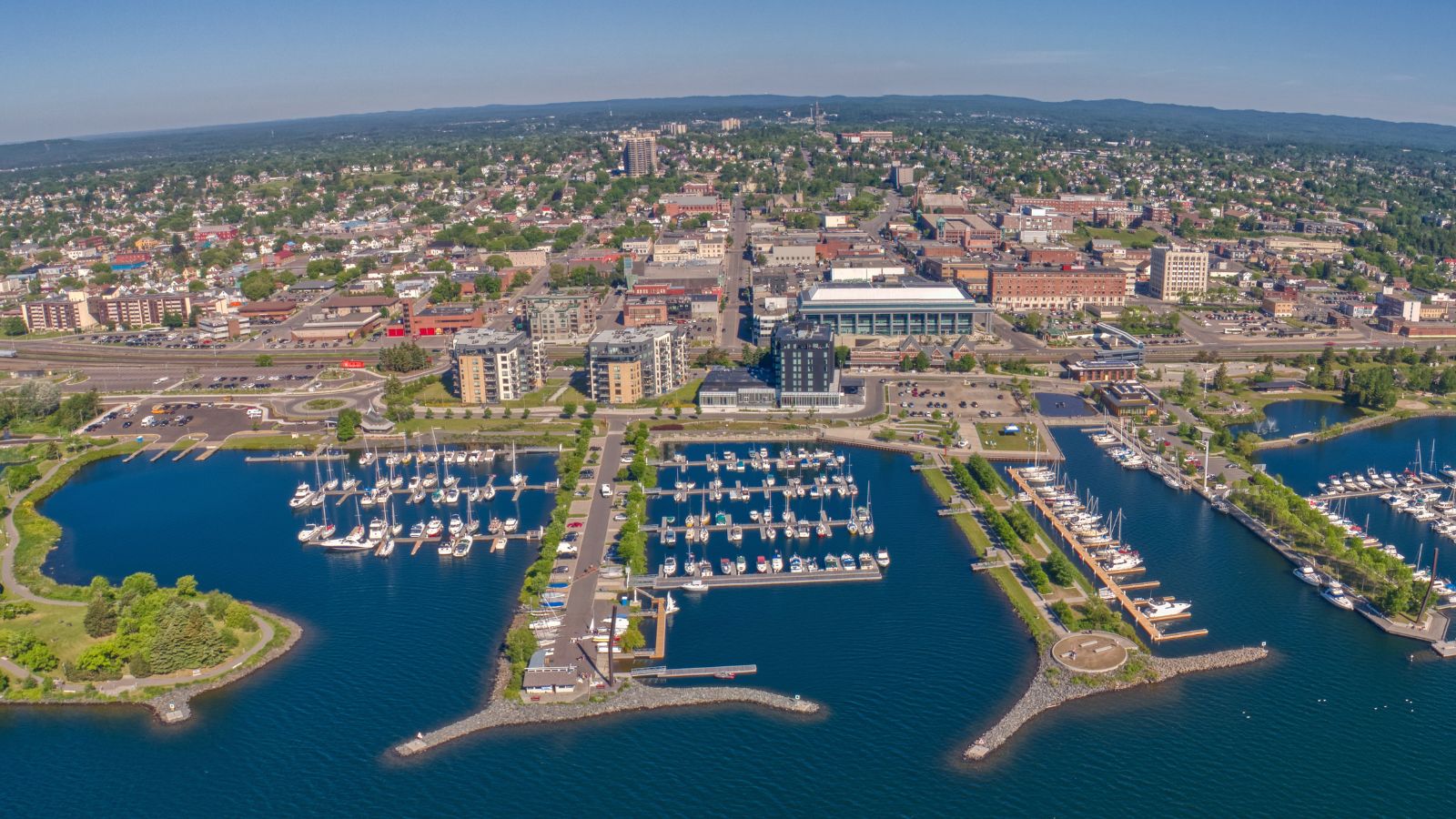
Thunder Bay has taken bold steps to address reconciliation, public health, and sustainable development. Its city council works in tandem with Indigenous leaders to create inclusive economic strategies. Thunder Bay is also investing in healthcare access in rural areas and providing innovative public transportation options, such as on-demand transit. Its lakefront redevelopment has sparked local tourism and cultural revitalization. All in all, Thunder Bay’s community-driven approach sets it apart from many U.S. industrial towns still grappling with deindustrialization.
Yellowknife, NT
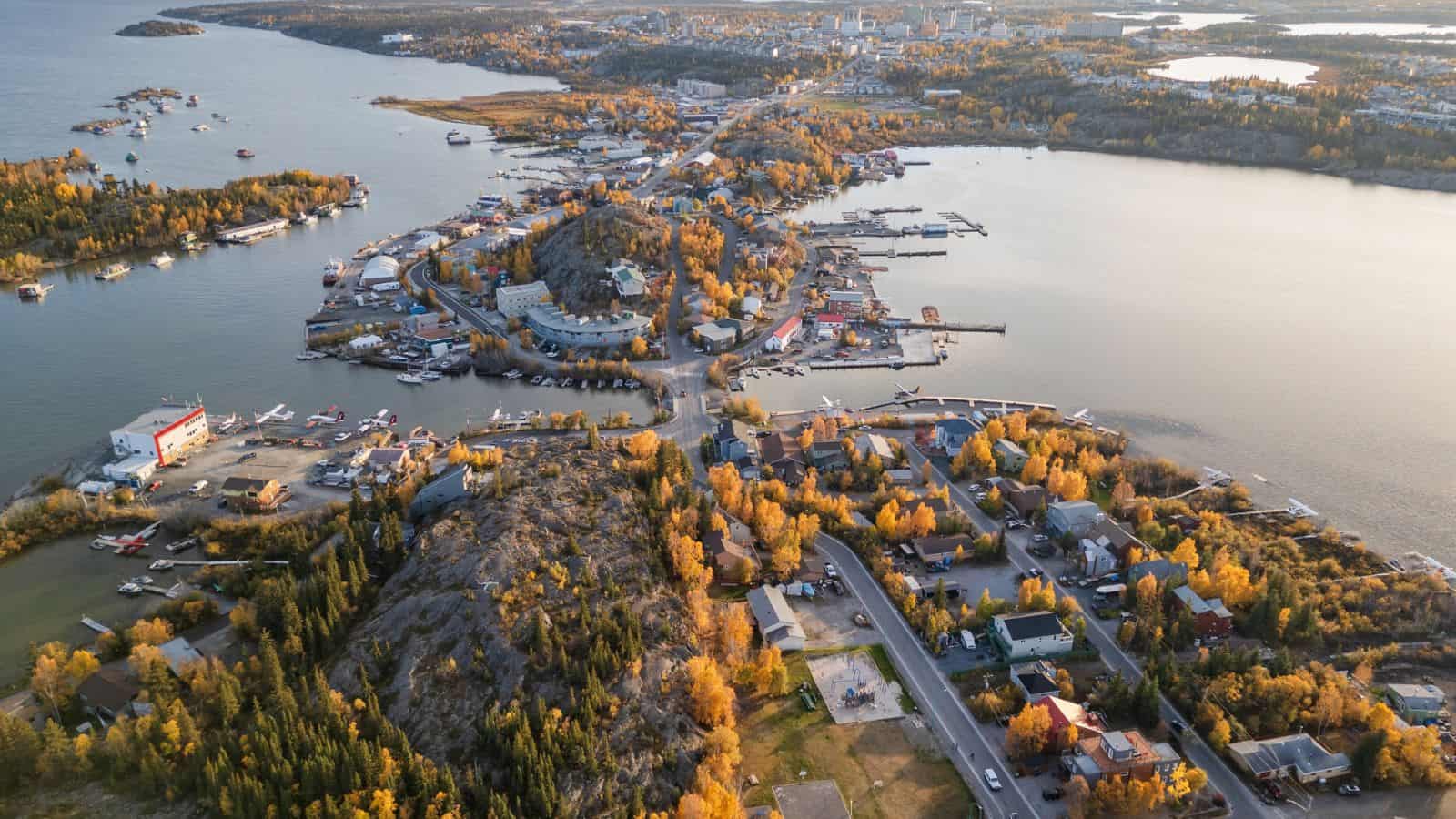
Yellowknife is advancing digital inclusion, energy independence, and cultural preservation. The city is developing off-grid renewable energy solutions that far surpass those in similar American frontier regions. Its educational institutions integrate Indigenous knowledge systems, and its governance includes formal representation of Indigenous peoples. Additionally, with lower crime rates and stronger community cohesion than many of its U.S. equivalents, Yellowknife demonstrates that even remote cities can exceed expectations in terms of livability, infrastructure, and innovation.
21 Products Canadians Should Stockpile Before Tariffs Hit

If trade tensions escalate between Canada and the U.S., everyday essentials can suddenly disappear or skyrocket in price. Products like pantry basics and tech must-haves that depend on are deeply tied to cross-border supply chains and are likely to face various kinds of disruptions
21 Products Canadians Should Stockpile Before Tariffs Hit
